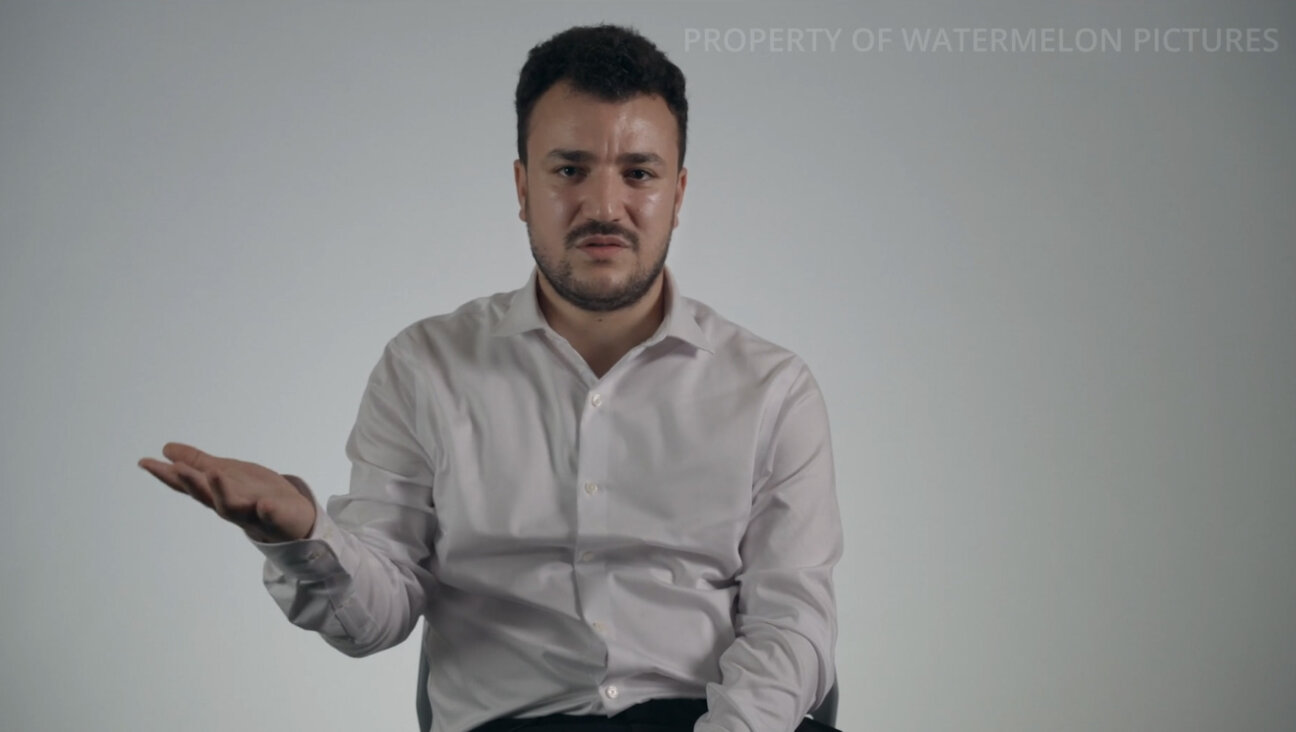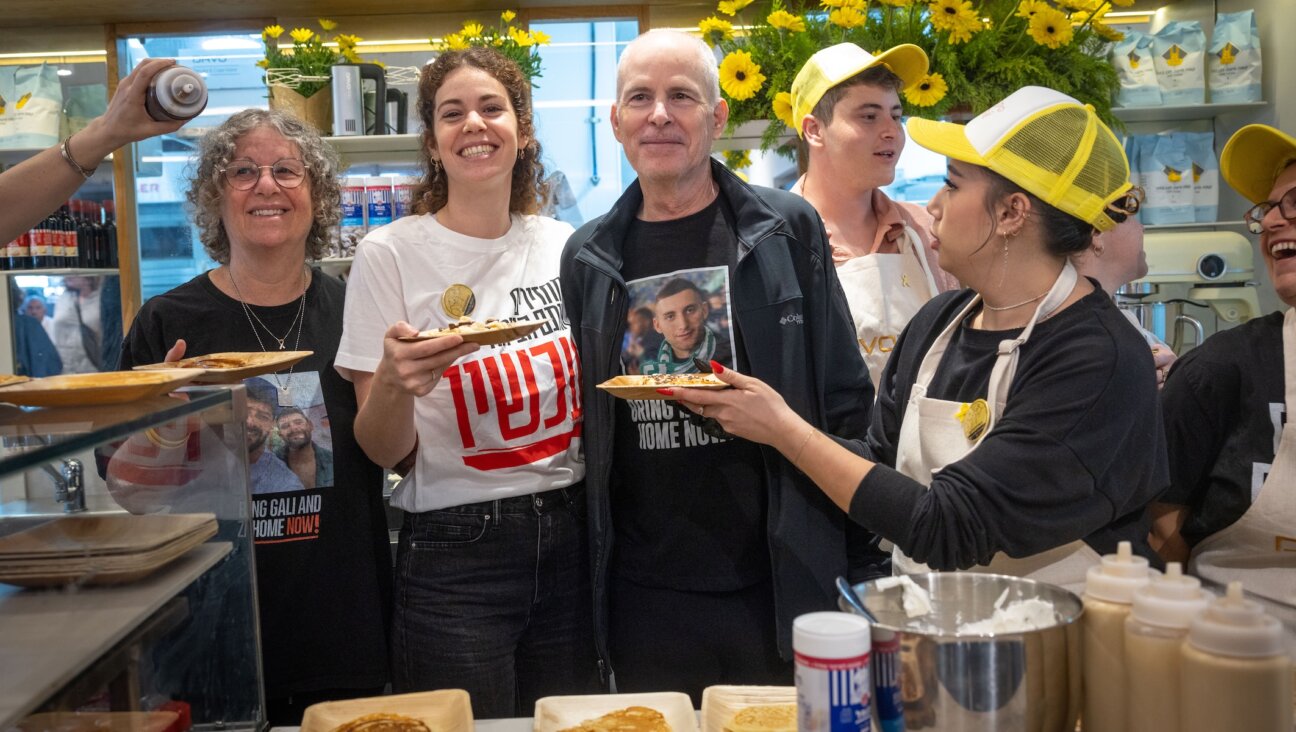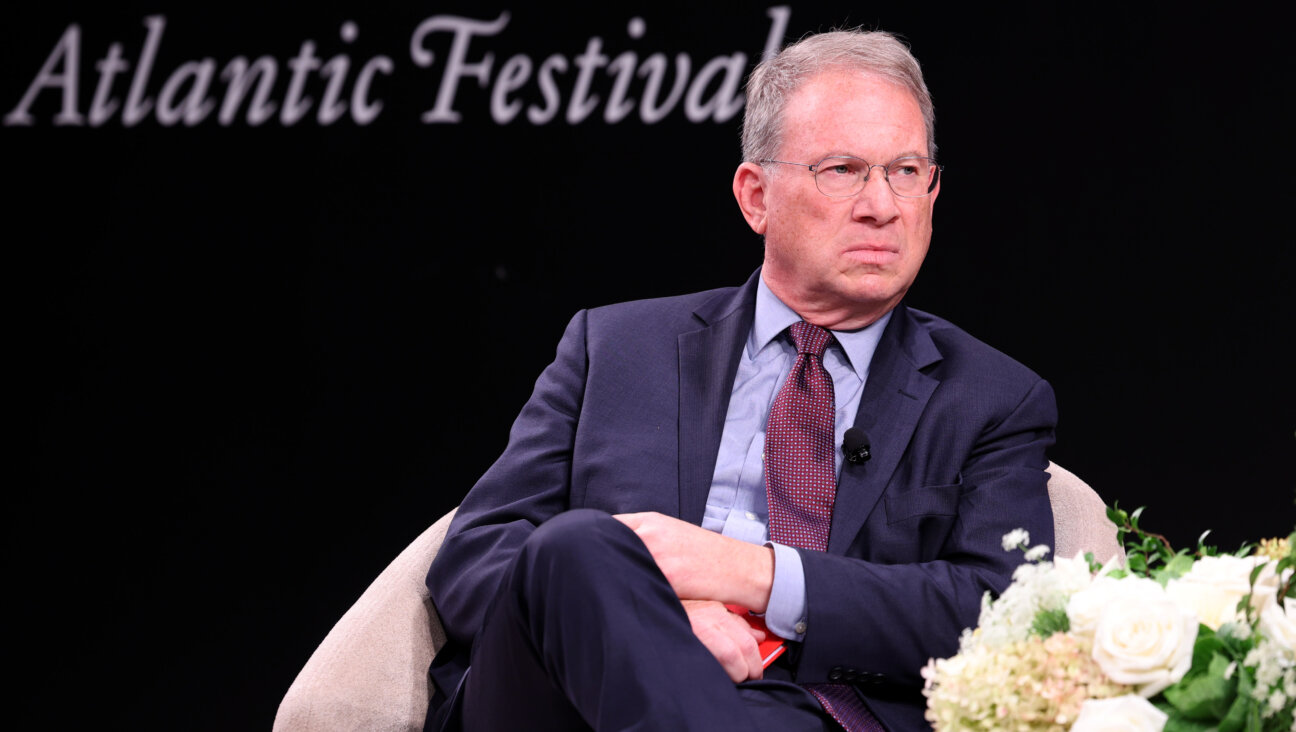SEVEN DECADES OF CHAGALL
The San Francisco Museum of Modern Art presents “Marc Chagall,” a retrospective that brings together roughly 65 paintings and 88 works on paper by Chagall. The first comprehensive display of the artist’s oeuvre since his death in 1985, the exhibition includes many works never before seen in the United States. The retrospective, which draws on recent scholarship on Chagall, looks at the breadth of the artist’s seven-decade career.
Chagall was born in 1887 in Vitebsk, Russia, the eldest of nine children in a poor chasidic family. He studied art in St. Petersburg and, from 1911 to 1914, in Paris. His religious upbringing inspired many of his paintings, depicting Jewish life, folklore and Bible stories. Chagall returned to Russia in 1915, becoming director of the Art Academy in Vitebsk and designing murals for the State Jewish Chamber Theater in Moscow. In 1923, he moved to France, where he remained until his death, except for a stint in the United States from 1941 to 1948.
The first part of the “Marc Chagall” exhibition features the artist’s early works, in which he attempted to find balance between Russian-Jewish culture and the culture of modernity he discovered in Paris by creating a distinctive, fanciful style. The second section features large-scale murals, addressing the artist’s renunciation of the abstract avant-garde through his Jewish Theater décor. The exhibition continues with mostly small paintings, works on paper and gouaches that have rarely been exhibited; these show Chagall trying to understand and assimilate in France, his new home. In 1948, Chagall moved to St. Paul de Vence in the south of France, where he spent the remainder of his life. Featured works of this period include his landscapes of the Mediterranean.
San Francisco Museum of Modern Art, Sat.-Tue. 10 a.m.-6 p.m., Thu.-Fri. 10 a.m.-9 p.m., through Nov. 4; $10, $7 seniors, $6 students, free members and children 12 and under, additional $5 for ‘Marc Chagall’ exhibition. (866-468-3399 or www.ticketweb.com)
The Forward is free to read, but it isn’t free to produce

I hope you appreciated this article. Before you go, I’d like to ask you to please support the Forward.
At a time when other newsrooms are closing or cutting back, the Forward has removed its paywall and invested additional resources to report on the ground from Israel and around the U.S. on the impact of the war, rising antisemitism and polarized discourse.
Readers like you make it all possible. We’ve started our Passover Fundraising Drive, and we need 1,800 readers like you to step up to support the Forward by April 21. Members of the Forward board are even matching the first 1,000 gifts, up to $70,000.
This is a great time to support independent Jewish journalism, because every dollar goes twice as far.
— Rachel Fishman Feddersen, Publisher and CEO
2X match on all Passover gifts!
Most Popular
- 1

Film & TV What Gal Gadot has said about the Israeli-Palestinian conflict
- 2

News A Jewish Republican and Muslim Democrat are suddenly in a tight race for a special seat in Congress
- 3

Fast Forward The NCAA men’s Final Four has 3 Jewish coaches
- 4
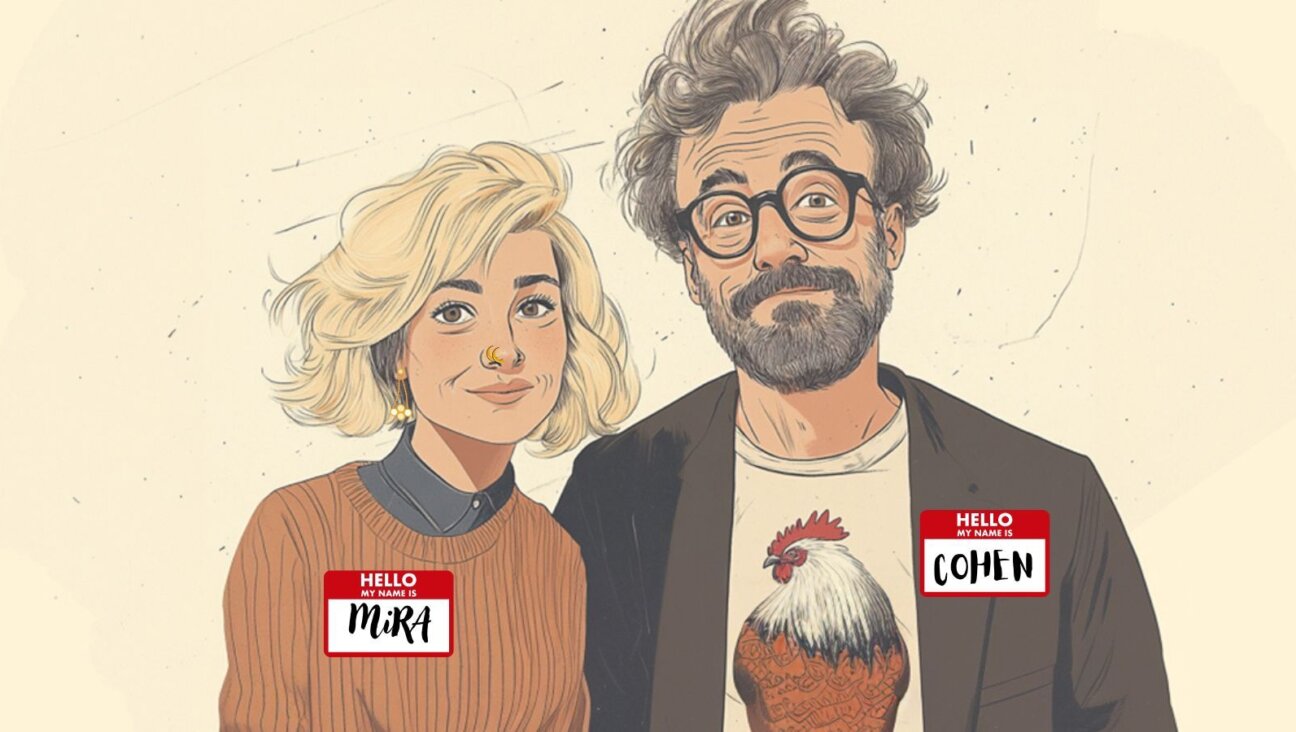
Culture How two Jewish names — Kohen and Mira — are dividing red and blue states
In Case You Missed It
-
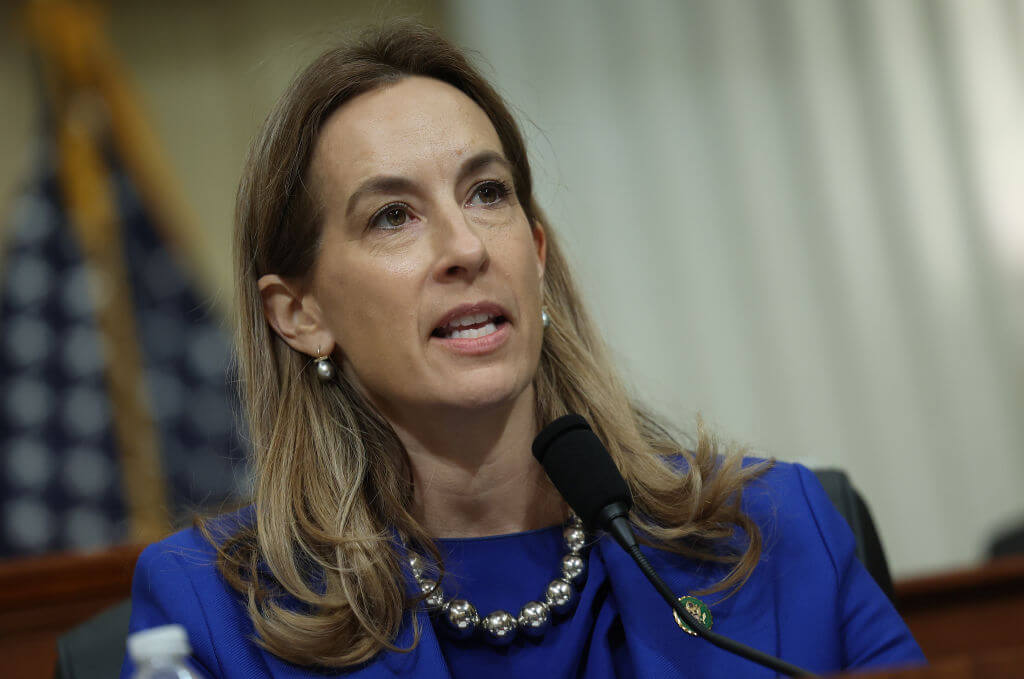
Fast Forward Secretive GOP firm distorts Democratic candidate’s views on Israel in NJ governor race
-
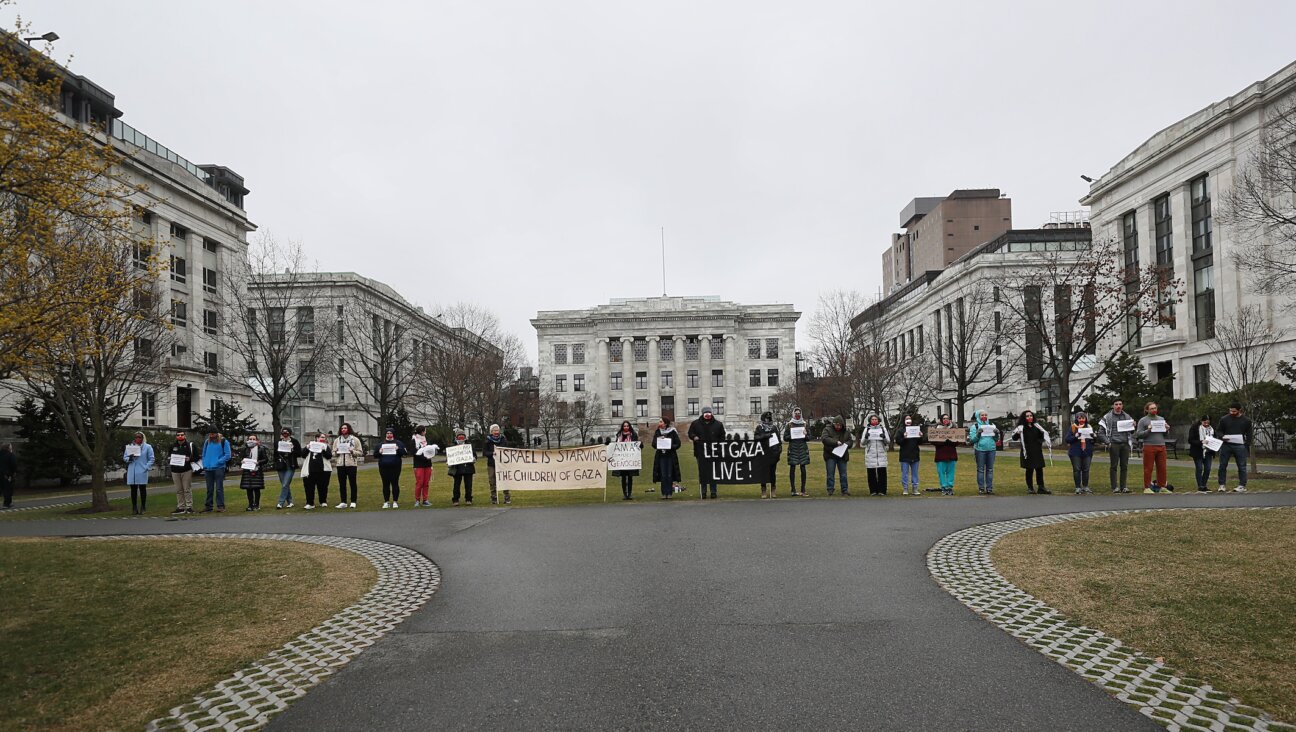
Fast Forward Trump administration to review nearly $9 billion in Harvard funding over campus antisemitism
-

Yiddish World Yiddish fans in Berlin launch a Yiddish open mic series
-

Fast Forward Cornell pro-Palestinian student leader opts to leave US, as Columbia ‘self-deportee’ makes her case to return
-
Shop the Forward Store
100% of profits support our journalism
Republish This Story
Please read before republishing
We’re happy to make this story available to republish for free, unless it originated with JTA, Haaretz or another publication (as indicated on the article) and as long as you follow our guidelines.
You must comply with the following:
- Credit the Forward
- Retain our pixel
- Preserve our canonical link in Google search
- Add a noindex tag in Google search
See our full guidelines for more information, and this guide for detail about canonical URLs.
To republish, copy the HTML by clicking on the yellow button to the right; it includes our tracking pixel, all paragraph styles and hyperlinks, the author byline and credit to the Forward. It does not include images; to avoid copyright violations, you must add them manually, following our guidelines. Please email us at [email protected], subject line “republish,” with any questions or to let us know what stories you’re picking up.







